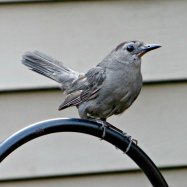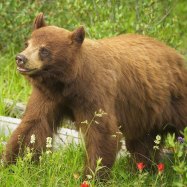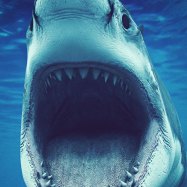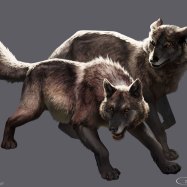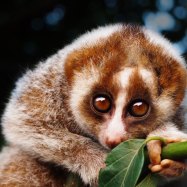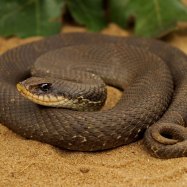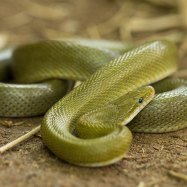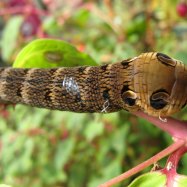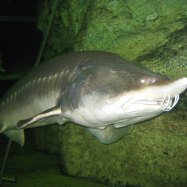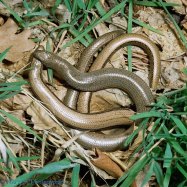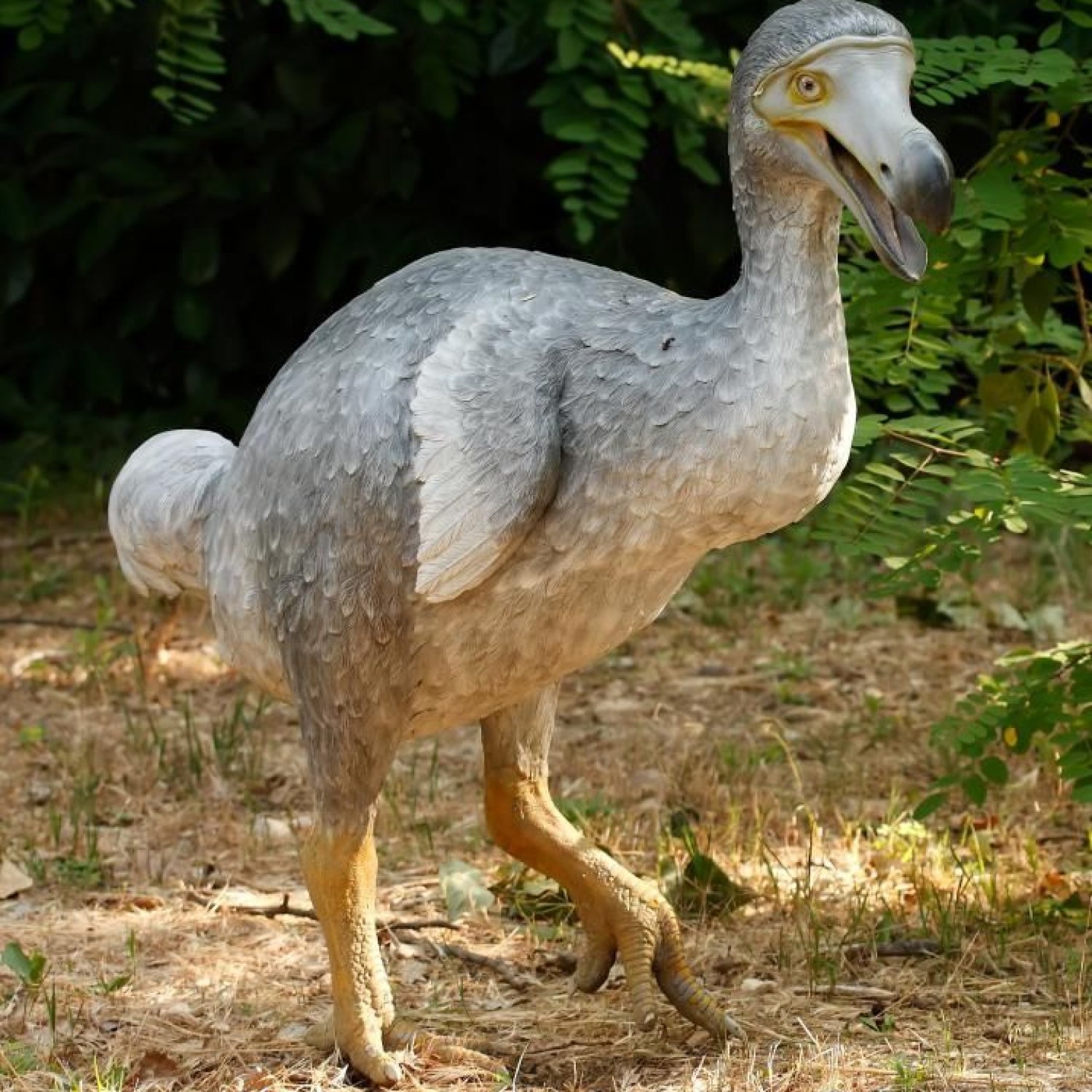
Dodo
Approximately 3 feet
The dodo, a large and flightless bird with a length of approximately 3 feet, was native to the Indian Ocean. Classified under the family Columbidae, this unique creature was first discovered by European sailors in the 16th century. Unfortunately, due to human interference, the dodo became extinct less than a century after its discovery. Today, it serves as a reminder of the consequences of human impact on the environment. #Animals #Dodo #IndianOcean #ExtinctionAwareness
Animal Details Summary:
Common Name: Dodo
Kingdom: Animalia
Habitat: Tropical forests
The Curious Case of the Dodo: A Flightless Bird from Mauritius
In a world where birds soar high in the sky, there was one creature that could not take flight. The dodo, scientifically known as Raphus cucullatus, was a large, flightless bird native to the island of Mauritius. This peculiar animal may have gone extinct hundreds of years ago, but its story still fascinates people today.The Kingdom and Classification of the Dodo
Kingdom: AnimaliaPhylum: Chordata
Class: Aves
Order: Columbiformes
Family: Columbidae
The dodo was classified as part of the avian family, meaning it was a bird Dodo. Its closest relatives were the pigeons and doves, which is not surprising as it belonged to the Columbidae family. This bird was well-known for its distinct appearance and fascinating behaviors, making it stand out from other bird species.
The Habitat and Geographical Distribution of the Dodo
Habitat: Tropical forestsGeographical Distribution: Mauritius
The dodo was endemic to the tropical forests of Mauritius, an island nation in the Indian Ocean. Due to its isolated location, this flightless bird was able to evolve and thrive in its natural habitat. It was believed that dodos inhabited both lowland and highland forests, making them adaptable to different environments within the island.
The Country of Origin and Location of the Dodo
Country of Origin: MauritiusLocation: Indian Ocean
Mauritius is a small island located on the Indian Ocean, approximately 1,200 miles off the southeast coast of Africa. This island was the only place where dodos were found, making it a unique and special creature of the land. Unfortunately, its isolated location also contributed to its downfall, as it made the dodo an easy target for colonizers.
The Physical Characteristics of the Dodo
Animal Coloration: Grayish-brownBody Shape: Large and flightless
Length: Approximately 3 feet
The dodo was a curious-looking bird, with a large and bulky body covered in grayish-brown feathers Dachsador. It had small, stubby wings that were unable to support its weight for flight, making the dodo completely flightless. Its size was impressive, standing at approximately 3 feet tall. The dodo's beak was long and hooked, perfect for its herbivorous feeding habits.
The Feeding Method of the Dodo
Feeding Method: HerbivorousThe dodo was a herbivorous bird, meaning it primarily fed on plants and fruits. Due to its large size, it needed large amounts of food to survive, making it an integral part of the island's ecosystem. The dodo was known to eat a variety of fruits, seeds, and tubers found in the tropical forests of Mauritius.
The Rise and Fall of the Dodo
The dodo's history is a tragic one, as it only lived on the island of Mauritius and was unable to survive anywhere else. When the Portuguese first arrived on the island in the early 1500s, they encountered these unique birds and named them "dodo" – meaning "simpleton" or "fool" in Portuguese. The dodos were not afraid of humans and lacked the natural instinct to protect themselves, making them easy prey for sailors and settlers who hunted them for food.Additionally, the introduction of invasive species, such as pigs and monkeys, also contributed to the dodo's decline. These introduced animals competed for the same food sources as the dodos, making it harder for them to survive. The destruction of their habitat due to human activities, such as logging and agriculture, also played a significant role in their extinction.
By the 1660s, the dodo population had significantly declined, and by 1681, it was declared extinct. The last known sighting of a dodo was in 1662 when a Dutch ship's crew killed the last recorded bird.
The Legacy of the Dodo
Despite its short existence, the dodo left a lasting impact on the world. The most evident legacy of the dodo was in the literary and art world. Its unique appearance and peculiar behaviors captured the imagination of many, making it a popular subject in books, poems, and paintings. The dodo also became a symbol of extinction and the consequences of human actions on the environment.In the scientific world, the dodo's extinction sparked a deeper understanding of the importance of conservation. The dodo's demise served as a cautionary tale, reminding us of the delicate balance of nature and the effects of human interference.
The Dodo Today
Despite being extinct, the dodo is still present in the hearts and minds of people today. The remains of dodos, including bones and preserved specimens, are displayed in museums worldwide, allowing people to see and learn about this fascinating creature.Efforts are also being made to preserve the dodo's memory and legacy. The Mauritian government has declared the dodo as a national heritage animal, and statues and monuments are built to honor this unique bird. The Dodo Trail, a popular hiking trail in Mauritius, is also named in memory of this flightless bird.
In Conclusion
The dodo may have disappeared from our world, but the memory of this remarkable flightless bird lives on. Its incredible story highlights the consequences of human actions on nature and serves as a reminder of the importance of conservation and protecting the world's biodiversity. The dodo's legacy will continue to inspire and educate people, making it a timeless symbol of resilience and the impact of human activities on the environment.

Dodo
Animal Details Dodo - Scientific Name: Raphus cucullatus
- Category: Animals D
- Scientific Name: Raphus cucullatus
- Common Name: Dodo
- Kingdom: Animalia
- Phylum: Chordata
- Class: Aves
- Order: Columbiformes
- Family: Columbidae
- Habitat: Tropical forests
- Feeding Method: Herbivorous
- Geographical Distribution: Mauritius
- Country of Origin: Mauritius
- Location: Indian Ocean
- Animal Coloration: Grayish-brown
- Body Shape: Large and flightless
- Length: Approximately 3 feet
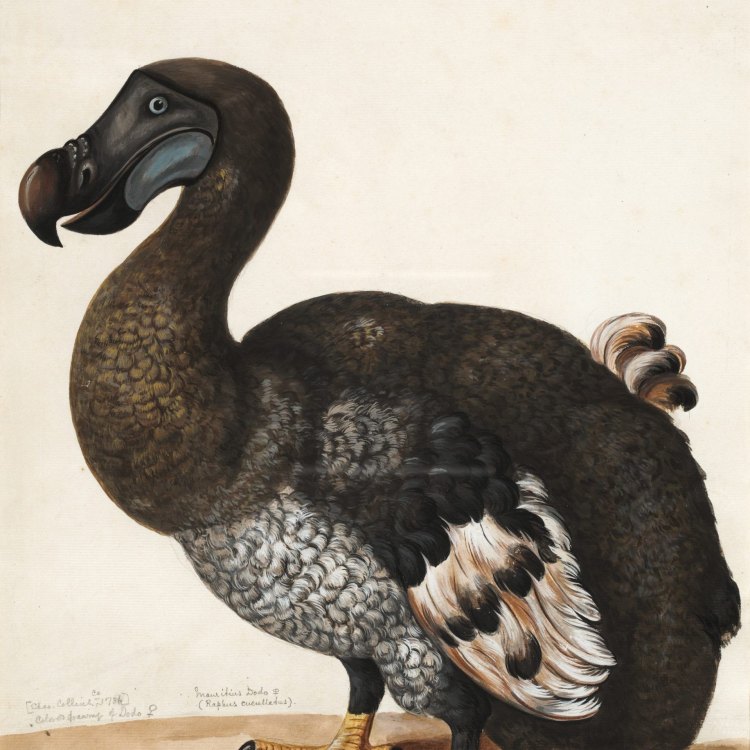
Dodo
- Adult Size: Around 3 feet tall and weighing about 20-30 pounds
- Average Lifespan: Estimated to be 20-30 years
- Reproduction: Sexual reproduction
- Reproductive Behavior: Unknown
- Sound or Call: Unknown
- Migration Pattern: Non-migratory
- Social Groups: Unknown
- Behavior: Unknown
- Threats: Habitat loss, introduced species, and hunting
- Conservation Status: Extinct
- Impact on Ecosystem: Unknown
- Human Use: Hunted for meat by sailors
- Distinctive Features: Large beak and plump body
- Interesting Facts: Dodos are famous for their extinction and their appearance in popular culture
- Predator: Humans, cats, and dogs
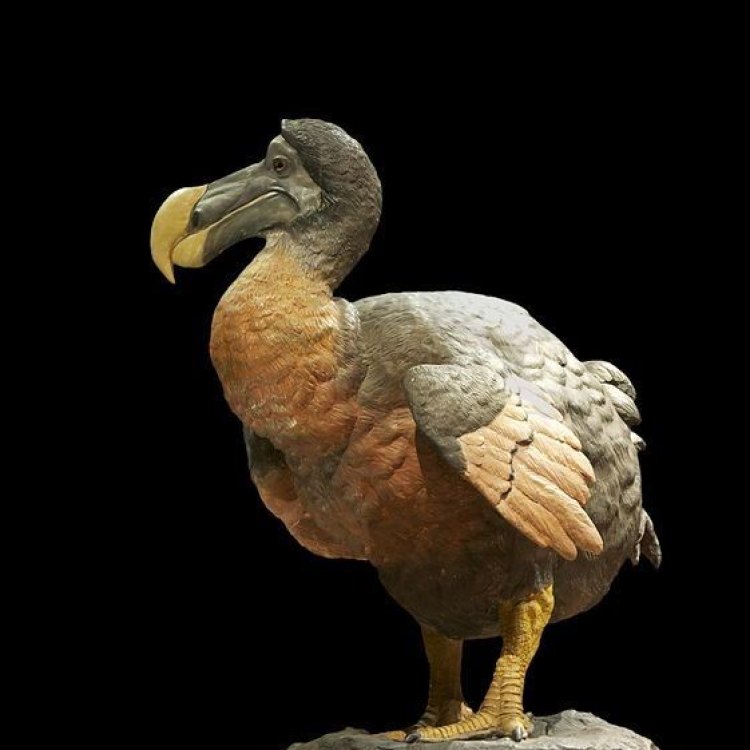
Raphus cucullatus
The Mysterious Bird: Dodo
When we look at animals that have gone extinct, our hearts ache, and we are reminded of the fragility of our planet's biodiversity. Among the long list of extinct species, one name stands out - the Dodo. This mysterious bird has captured the imagination of people for centuries and continues to fascinate us with its unique features and untimely extinction. In this article, we will delve into the world of Dodo, exploring its physical characteristics, behavior, and its impact on the ecosystem PeaceOfAnimals.Com.The Dodo (Raphus cucullatus) was a flightless bird that inhabited the island of Mauritius, located in the Indian Ocean. The first written record of Dodo was by Dutch sailors in 1598, and by 1681, the bird was declared extinct. Therefore, we are left with limited information about this bird, making it even more intriguing.
Mystery Surrounding Dodo
One of the reasons why Dodo has captured the interest of scientists and the general public is the mystery surrounding its reproduction. Due to the lack of detailed observations of the bird's behavior, we have limited information about its reproductive behavior. However, we do know through scientific studies that Dodo reproduced sexually. However, the exact details of their reproductive behavior, such as mating rituals and nesting habits, remain unknown.Another mystery surrounding Dodo is its sound or call. We have no recordings or descriptions of the sound made by these birds, leaving us to wonder what their call sounded like Deer Mouse. Many have speculated that they may have had a loud and harsh call, similar to other large flightless birds like ostriches and emus. However, we can only imagine what the Dodo's unique call may have been like.
Appearance and Behavior
The Dodo was a striking bird, standing at about 3 feet tall and weighing around 20-30 pounds, making it comparable in size to a large turkey. It had a plump body, short wings, and a large beak, giving it a somewhat comical appearance. Its long legs and short wings indicate that it was a flightless bird, and it was believed to have used its wings to defend itself from predators.As mentioned earlier, the reproductive behavior and social groups of Dodo remain unknown. However, scientists believe that they may have lived in small groups or pairs, similar to other flightless birds. Additionally, their behavior and feeding habits are also a mystery, which adds to the enigma surrounding this bird.
The Dodo's Role in the Ecosystem
As with any extinct species, the Dodo played a vital role in its ecosystem. They were the dominant herbivores on the island of Mauritius, feeding on fruits, seeds, and bulbs. As they moved around the island, they helped distribute seeds, contributing to the growth and diversity of the island's plant life. Their extinction, therefore, has had a significant impact on the island's ecosystem.The absence of the Dodo has also led to an increase in the population of certain plants that were previously consumed by the bird. This has disrupted the balance of the island's ecology and negatively impacted other species that relied on those plants for food and shelter. Additionally, the Dodo's extinction has also disrupted the food chain, affecting predators who depended on the bird as a source of food.
Threats and Conservation Status
The Dodo's extinction is often attributed to human activities, mainly hunting by sailors who visited the island. Being large and flightless made the dodos easy targets for sailors, who hunted them for their meat. Along with hunting, the introduction of non-native species, such as pigs, cats, and dogs, also contributed to their decline. These invasive species destroyed the Dodo's habitat and preyed on their eggs and chicks, further decreasing their population.Unfortunately, the lack of conservation efforts and the presence of these threats led to the Dodo's extinction. By the late 17th century, there were no more sightings of this unique bird, and it was declared extinct. Today, the Dodo is classified as extinct on the International Union for Conservation of Nature's (IUCN) Red List, highlighting the importance of conservation efforts in protecting endangered species.
Human Use and Pop Culture
The Dodo has played a significant role in human history and popular culture. Its meat was hunted by sailors as a source of food, and its feathers were used as decorative items. In popular culture, the Dodo has been featured in books, poems, and movies, immortalizing its unique features and story.One of the most famous references to Dodo is in Lewis Carroll's novel "Alice's Adventures in Wonderland," where the bird appears as a character who is slowly going extinct. This portrayal of the Dodo has only added to its appeal and fascination among people worldwide.
Final Thoughts
The Dodo remains a mysterious and enigmatic bird, captivating our imagination with its unique features and untimely extinction. However, its story also serves as a reminder of the detrimental impact of human activities on the environment and the importance of conservation efforts in protecting endangered species.Although we may never fully understand the Dodo's behavior and its role in the ecosystem, we can learn from its extinction and strive to protect and preserve the endangered species that currently inhabit our planet. Let the Dodo be a lesson in the fragility of life, and let us work towards a sustainable future for all living beings.

The Curious Case of the Dodo: A Flightless Bird from Mauritius
Disclaimer: The content provided is for informational purposes only. We cannot guarantee the accuracy of the information on this page 100%. All information provided here may change without prior notice.


